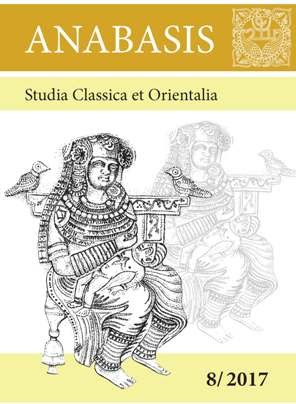Sakastān in der frühen Sasanidenzeit: Münzprägung und Geschichte
Keywords:
Sasanian numismatics, Sakastān/Sīstān, Ardashīr I, AbarsāmAbstract
In his eastern campaign, Ardashīr I (r. 224–241 AD), the founder of the Sasanian Empire, defeated the Indo-Parthian kingdom and conquered the land of Sakastān. The metallurgical analyses corroborate the possibility that the copper issues of Ardashīr’s coin-type VIII, showing a beardless bust before Ardashīr’s figure on the obverse, were minted in Sakastān after the conquest of the Indo-Parthians by the Sasanians. There are, however, historiographical literature and iconographic evidence leading to an identification of the hitherto unknown beardless bust as Ardashīr’s grand vizier Abarsām – and not a local ruler. This article aims to examine the political and monetary history of Sakastān during the late Parthian and early Sasanian periods to assess the provenance of these coins as well as the possible connection of Abarsām to Sakastān.
Published
How to Cite
Issue
Section
License
Copyright (c) 2017 Anabasis. Studia Classica et Orientalia

This work is licensed under a Creative Commons Attribution-NonCommercial-NoDerivatives 4.0 International License.









